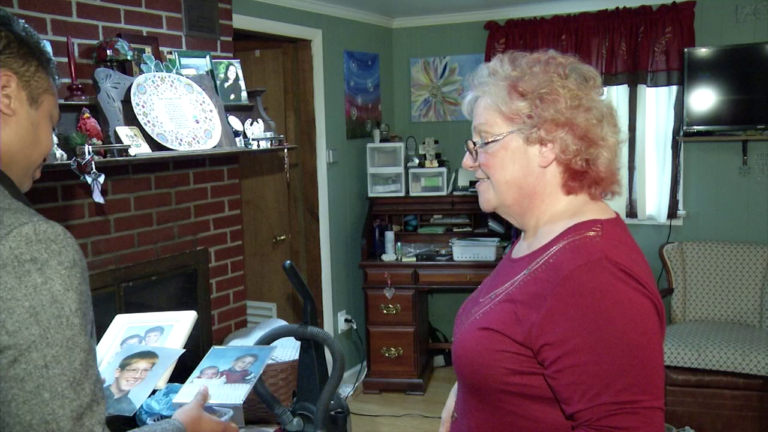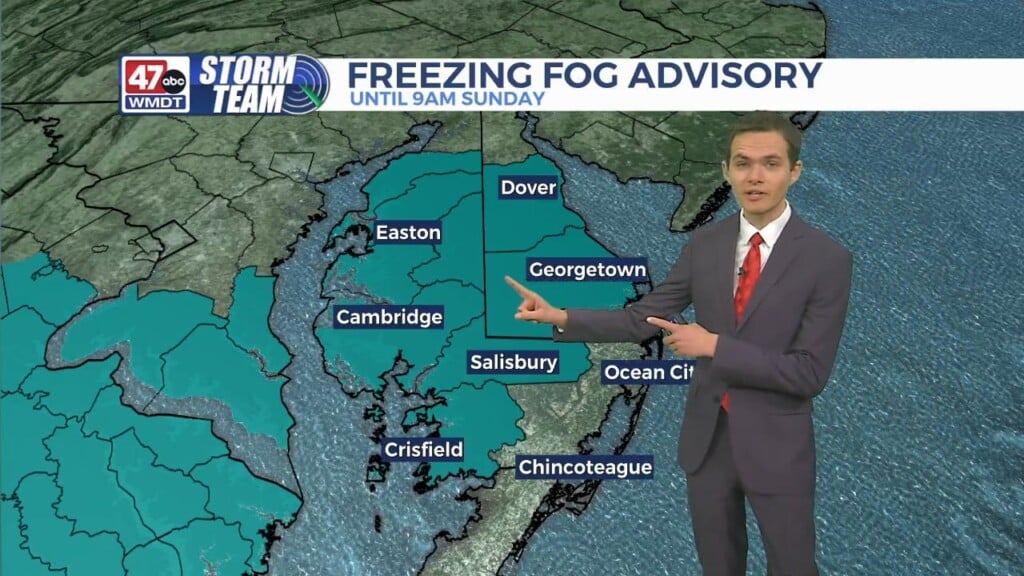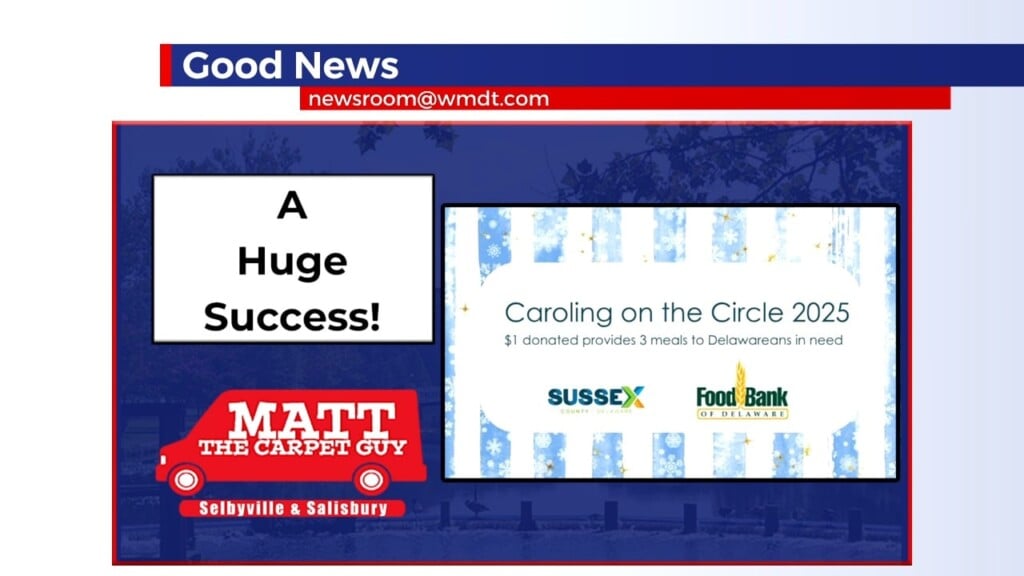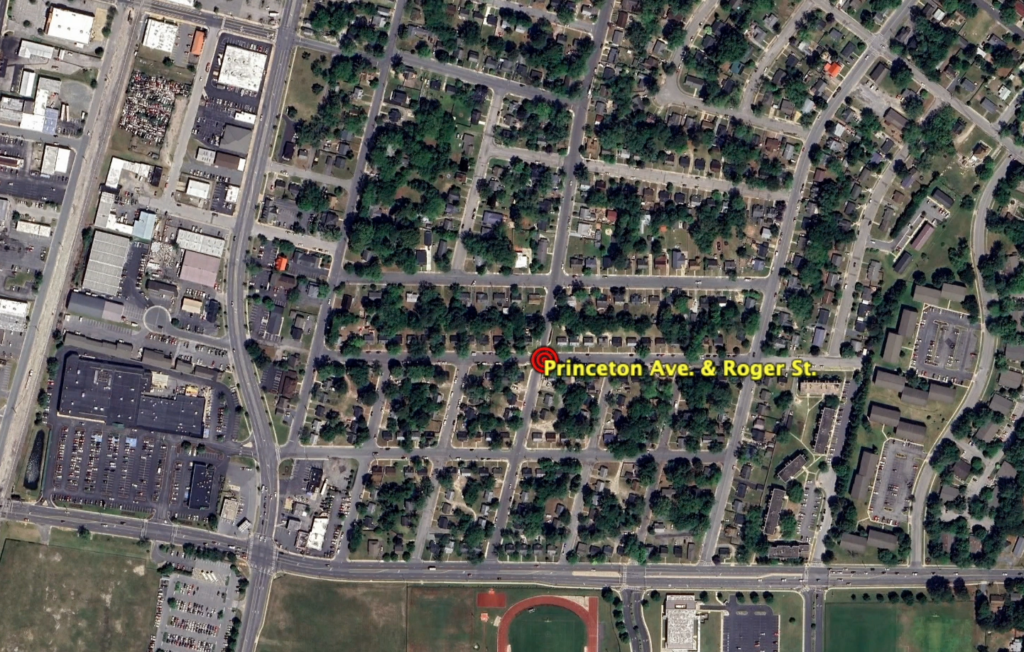Warning Signs: Part Two

Losing someone to suicide often leads to more questions than answers.
Why? What could I have done differently?
For Michelle Nelson, who lost her big sister Susan it's something she still questions even three years after her death because she says there were signs.
Coincidentally she admits right before her sisters passing she did a run dedicated to suicide prevention – but never thought to tell her sister.
"So I did my run of 13.7 miles with each mile dedicated to someone who was struggling and then one month later is when I got the call that she took her life and so instantly I thought why didn't tell her I was doing that," Nelson. "Obviously she was struggling and didn't want to burden anybody which is what people say well, I'm here to say burden people, burden them, call them."
In fact those in the suicide prevention field like Donna Leffew clinical director for Life Crisis say talking to someone is the best tactic .
"What we find and even the research bears out, the best thing you can do is ask the question even if someones been very depressed or withdrawn or isolated, you know have you had any thoughts of suicide are you thinking of killing yourself just that direct question if they're not they might laugh or they might 'of course not' but if they are they're going to feel a relief like 'oh my gosh I've had this thought, I don't feel like I can share it with anyone, I feel embarrassed by it and someone just directly asked me that question," Leffew said.
The Life Crisis center in Salisbury takes calls 24/7 365 days a year .
Leffew explains they are there to listen to the caller and help them figure out what got them to this point.
"It's really important for them to feel understood and so that's one of the most critical things we do is that a caller should feel like someone on the other end understood them and cares about them," Leffew said.
Well known suicide survivor Kevin Hines, who tried to take his life by jumping off the Golden Gate Bridge says talking to someone right before he jumped could have made him realize sooner he didn't want to do it.
"At the millisecond my hands left that rail I had an instant reaction because the thought of suicide is different from the action," Hines said.
Ron Pilling with the Jesse Klump Suicide Prevention Program says that's why they teach people to be on the look out for risk factors.
Things like a history of mental illness, a recent loss of a job, a bad breakup.
'These are all risk factors that 99 out of 100 times people deal with but if there's a combination of those you know about and then somebody says 'can you take care of my dog when I'm not able to do so any longer?' or 'everybody would be better off without me' or 'my life is worthless and it's going nowhere and it'll never go anywhere then it's time to start paying careful attention," Piling said.
But there are cases where no risk factors present themselves.
Such was the case of Darron Green, who took his life in 1998.
"He had plans for other times. He hadn't been giving things away it. There was none of the classic signs," said his mother, Kelley Green.
Green began advocating for suicide prevention after her son's death with a focus on reaching out to youth. Darron was almost thirteen when he passed and Green says it's that age group that can be the best at hiding things.
"Kids think keeping secrets is really important and it is if you know they're talking about well I like Joey, ok keep that secret that's cool. I'm thinking of killing myself, no, no don't keep that secret. I don't want to live anymore, uh uh don't keep that secret tell somebody," Green said.
Even in Green's case, she had a very open relationship with her son
'The same child that took his own life said to me not long before that 'we're so lucky that we can talk to you about anything' and I was a pretty proud mama about that got a little puffed up thought good I'm glad they know that, they can come to me about anything, but clearly they couldn't," Green said.
The missing point she said could have been that they never discussed suicide.
"There's a huge belief and I may even fallen on into that category at that time that if you mention it it might put the thought into somebody's head where all the research that's been done shows that's an exact opposite," Green said.
She says if you think it could be in your child's head talk about it even search their room for clues.
Being mad over and invasion of privacy is better than being gone.
"If you're concerned, if you're worried, if you even have a thought go and look as much as possible you're talking about how to start a conversation 'hey you know I was really worried about you yesterday' are you okay," Green said.
In general Green said she believes suicide should be a thing openly discussed between parents and kids which is why she says things like the success of Netflix's 13 Reasons Why are helpful because it brings a touchy subject into the spotlight.
The series based on a the young adult novel of the same name that centers around a high school girl who takes her own life after leaving audio recordings for the thirteen people she claims contributed to her death.
"The more awareness, the more transparency, the better chance of saving somebody," Green said.
Those struggling with thoughts of suicide or know someone considering suicide are encouraged to reach out and get help.
Resources can be found at www.choosetolivemaryland.org.
You can also call the Life Crisis hotline by calling 211 or 410-749-HELP or the National Suicide Prevention Lifeline 1-800-273-TALK.


